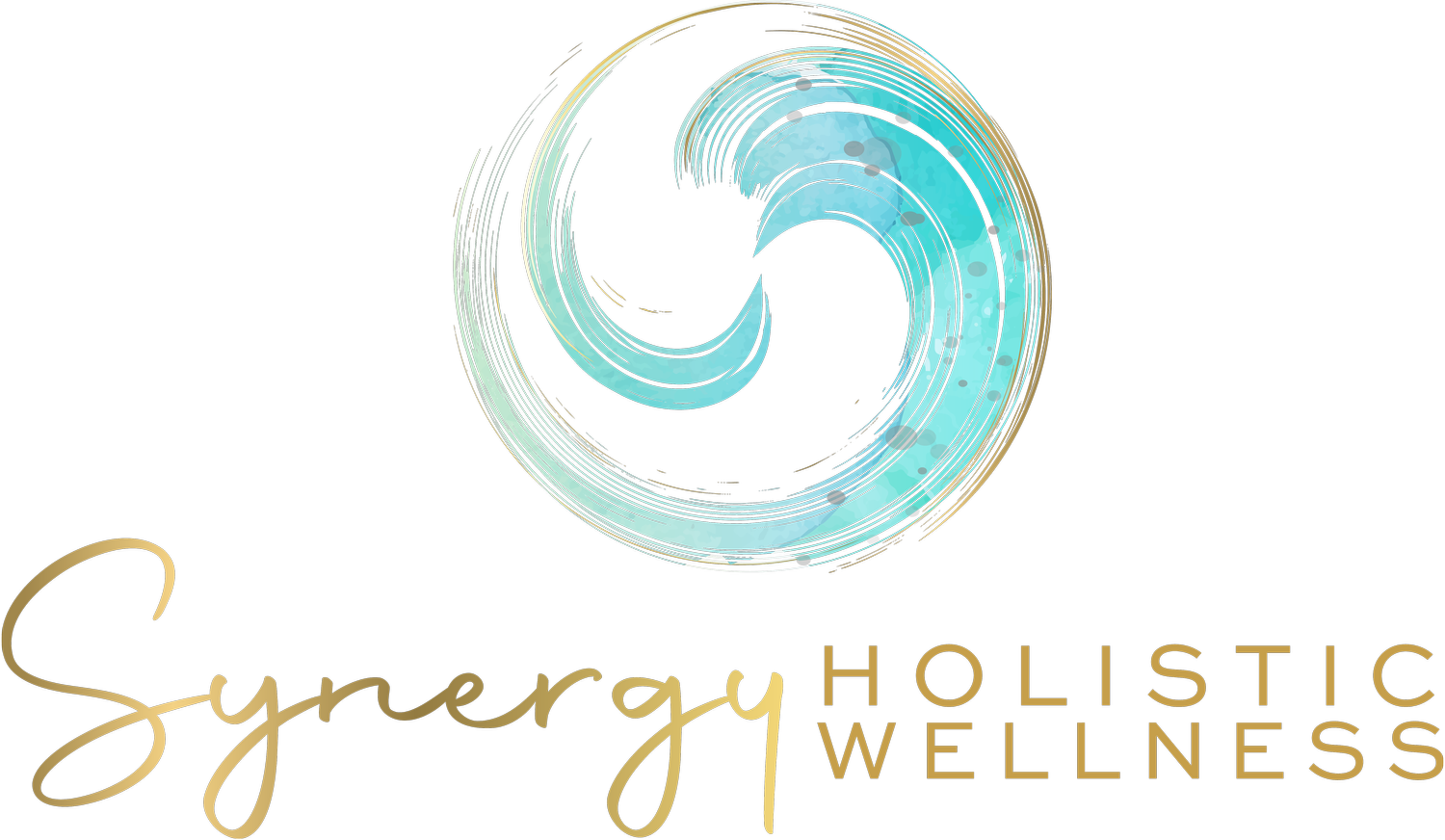Testosterone Therapy for Women: A Vital Hormone for Well-Being
Testosterone is often thought of as a "male hormone," but it plays a crucial role in women's health as well. Optimal testosterone levels contribute to energy, mood, cognitive function, libido, muscle tone, and overall vitality. As women age or experience hormonal imbalances due to menopause, perimenopause, or other health conditions, testosterone levels can decline, leading to symptoms such as fatigue, decreased motivation, weight gain, and low libido.
At Synergy, we offer evidence-based, personalized testosterone therapy to restore hormonal balance safely and effectively. Below, we outline the benefits, risks, and the best methods for administering testosterone therapy in women.
Why Consider Testosterone Therapy?
Women with low testosterone may experience:
- Persistent fatigue and low energy
- Brain fog and difficulty concentrating
- Loss of muscle strength and increased fat accumulation
- Decreased libido and sexual dysfunction
- Depressed mood and irritability
- Reduced bone density, increasing the risk of osteoporosis
Research supports that testosterone therapy in women can improve overall quality of life, particularly in postmenopausal women experiencing hypoactive sexual desire disorder (HSDD). Organizations like the International Society for the Study of Women’s Sexual Health (ISSWSH) and the European Menopause and Andropause Society (EMAS) recognize testosterone’s role in female health when used within physiological dosing guidelines.
Testosterone Therapy Options: Benefits and Risks
There are multiple ways to administer testosterone therapy, each with unique benefits and considerations:
1. Topical Creams and Gels
Benefits: Easy to apply, flexible dosing, mimics natural daily fluctuations.
Risks: Potential for transference to others; absorption variability.
2. Injections (Intramuscular or Subcutaneous)
Benefits: Effective and predictable absorption, typically administered weekly or biweekly.
Risks: Some women experience fluctuations in symptoms; minor discomfort at the injection site.
3. Pellets (Subcutaneous Implants)
Benefits: Long-lasting (3-6 months), steady hormone release.
Risks: Requires a minor in-office procedure; difficult to adjust dosing once inserted.
4. Troches (Sublingual or Buccal Tablets)
Benefits: Bypasses the liver, flexible dosing.
Risks: Variable absorption; some women report gum irritation.
Currently, Synergy offers all the options above with the exception of pellet therapy (more to come!).
Is Testosterone Therapy Safe for Women?
When used appropriately and monitored closely, testosterone therapy is safe and effective. Current guidelines from ISSWSH and EMAS emphasize the importance of:
- Physiologic dosing (avoiding excessive androgenic effects like hair growth or voice deepening)
- Lab monitoring to assess levels and metabolic impact
- Using bioidentical or pharmaceutical-grade testosterone
The most common side effects—when dosed appropriately—are mild and reversible, including occasional acne or slight hair growth.
Is Testosterone Right for You?
If you’re experiencing symptoms of low testosterone and want to explore personalized hormone optimization, Synergy is here to guide you. Our integrative approach ensures that your therapy is tailored to your unique needs, optimizing benefits while minimizing risks.
